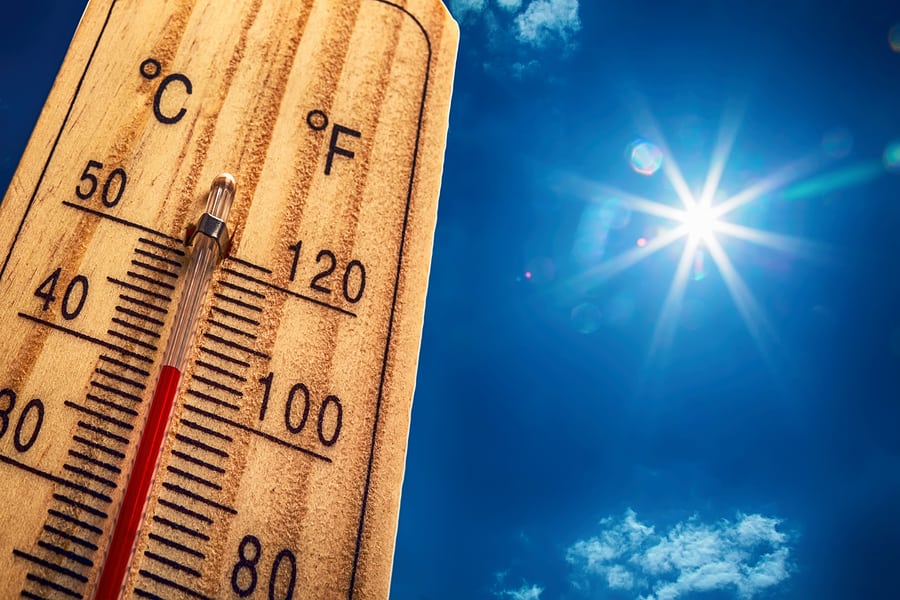Workers face a number of risks every day, but when summer rolls around, there are a whole new set of risks to deal with. One of the most serious of these is heat-related hazards and the associated illnesses that can arise.
Heat-related illnesses (HRI) are suffered from by thousands of US workers on a yearly basis. These can quickly turn into much more serious problems, like heat stroke and exhaustion, when the right safety measures and prevention tactics are not put into place. In the worst cases, HRI’s can turn fatal, killing 30 people each year on average.
While the statistics are truly shocking, especially when you look at the big picture and realize hundreds of people have died in just a decade, the reality is, every one of the HRI fatalities could have been avoided.
Want to better equip your workplace to avoid the risk of HRI’s from occurring? Here’s what you need to know…
The Different Types of Heat-Related Illness
There are five different types of HRI, each of which has clear warning signs that you should always be on the lookout for. Some employees are more prone to suffering from HRI’s, including those that are over the age of 65, take medication, or have certain existing conditions, like obesity or heart disease.
The five HRI’s and their symptoms, include:
- Heat Stroke
- Dry hot skin
- Red skin with no sweat
- Unconsciousness or incoherency
- High body temperature
- Heat Rash – The result of consistently sweaty skin and blocked sweat glands
- Raised rashes
- Blistered rashes
- Heat Cramps – The result of loss of electrolytes and water
- Cramped legs
- Cramped abdomen
- Heat Exhaustion
- Headaches
- Pale Skin
- Vomiting and nausea
- Dizziness and blurred vision
- Severe sweating
- Fainting
- Heat Syncope – The result of sudden movement or standing for too long
- Dizziness
- Fainting
Risks in the Workplace
There are a number of key risks in the workplace, and those that are associated with certain jobs, that can increase the risk of an HRI occurring. These include:
- Long hours working
- High humidity and air temperature
- Radiant heat
- Direct sunlight exposure
- No access to water
- No air movement
- Difficult work
- The wrong type of clothing
The Warnings Signs to Be on the Lookout for
While different job types expose workers to different risks and a varied likelihood of an HRI occurring, there are some major symptoms that could indicate that a worker may be suffering from, or likely to suffer from, an HRI. These include:
- Chills
- Headaches
- Fainting
- Disorientation
- Dizziness
- Increased Heart Rate
- Dark Urine
- Swollen Lips
- Reddened Skin
- Changing Moods
Employers – Take Action!
If any of the symptoms arise, it’s important to give your employee time to cool down and get a drink. However, there are also prevention measures that should be put in place, including:
- Training to spot risks and signs
- Caffeine, alcohol, and sugar avoidance
- Easy access to water
- Humidity and temperature monitoring
- Better work schedule, work cycles, and worker acclimatization
- Heat-control related work equipment
- Heat management emergency program
- Buddy system for risk identification
In the heat of summer, it’s of the upmost importance to keep a check on the conditions that you or your employees are working in. Through the implementation of essential tactics for safety, you can provide a much more suitable workplace.
If you want more information about how insurance can help you to get the treatment you need for HRI’s, or what you are covered for, please contact us today so we can answer any questions you might have!



